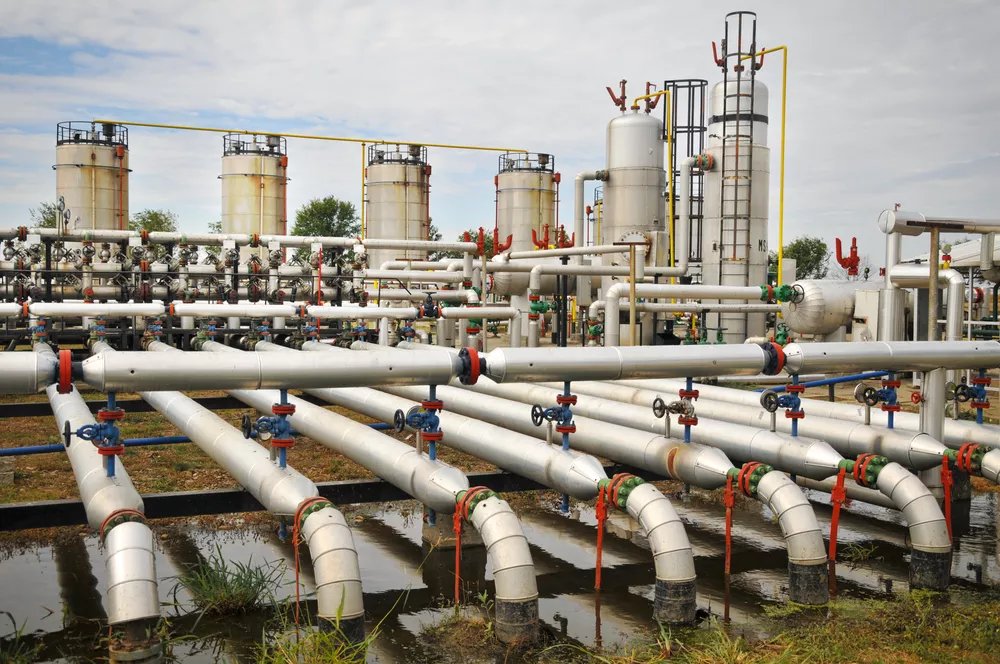The Rehden gas storage facility is emblematic of the current challenges facing Germany’s gas supply. With a fill level of only around 27 percent, Germany’s largest gas storage facility sends a worrying signal, as this state-owned storage system is supposed to contribute significantly to energy security. Rehden, once nationalized to protect against an energy crisis, now reveals a clear discrepancy between political aspirations and actual utilization. The low reserves exacerbate the risk of shortages in winter – and bring the entire gas infrastructure to the forefront of the debate.
The Rehden gas storage facility and the shift in energy policy priorities
The Rehden gas storage facility was at the center of national concerns during the 2022 energy crisis. Under Russian control, the storage facility was gradually emptied. The German government eventually intervened, took over the site, and imposed strict filling requirements. However, new regulations from 2025 lowered the minimum fill levels – a development that operator Sefe Storage is now using as an explanation. According to the company, 90 percent of the booked capacity has been filled. The remaining capacity is attributed to contractual vacancies.

This line of reasoning seems plausible at first glance. However, it reveals a structural problem: storage operators can only react to a limited extent to a lack of gas injections from contractual partners. This compromises security of supply, as available storage capacities remain unused, even though they are essential in crisis situations.
Gas supply in transition: Authorities rely on market logic
The Federal Ministry for Economic Affairs and Energy points out that Rehden is losing importance. Germany’s gas supply now relies on expanded import routes such as Norway and Belgium. While the concept of energy security remains omnipresent, the political focus is increasingly shifting from state control to market-driven structures.
The Federal Network Agency supports this view: the Rehden gas storage facility, as a porous rock storage facility, is technically designed for long-term reserves. However, trading partners prefer to use cavern storage facilities for short-term market responses. This puts further pressure on Rehden in the competition for storage capacity, even though this particular storage facility appears necessary as a backup for the national gas supply.
Energy Crisis as a Warning: Empty Storage Facilities Increase the Risk
Energy expert Professor Dr. Andreas Goldthau confirms that economic factors contribute to low storage levels. Declining price fluctuations reduce incentives for early storage. Nevertheless, he emphasizes the strategic function of such storage facilities. Without sufficient reserves, the risk of an energy shortage in the colder months increases. The Rehden gas storage facility, in particular, serves as an early warning system: If it remains empty, confidence in supply security and energy reliability is sustainably diminished.
In the long term, this development could escalate into a critical Achilles’ heel of the energy system – especially if geopolitical tensions intensify or supply lines falter. Political complacency could then prove to be disastrous.
A Shift in Storage Thinking: Market Logic or State Mandate?
The history of the Rehden gas storage facility shows how energy policy fluctuates – from maximum storage targets to market-oriented flexibility. Once praised as a guarantee against supply risks, the storage facility now appears to be a pawn in the game of economic interests. However, failures to maintain adequate storage levels can impair the entire gas supply – and illustrate that storage facilities are not merely technical infrastructure, but also crucial safety nets.
